Please feel free to ask questions, we will do our best to give you accurate answers. Don’t feel overwhelmed with the terms set forth in the information below. We have tried to accommodate answers for everyone from beginners to advanced models of interpretation. This FAQ was created to familiarize yourself with terms commonly used when describing certain properties when working with light and the ways to measure them (quantify them) in association to plant growth.
Not everyone will use the terms and equations but as we learn together, we will grow together.
A photon of 400 nm light contains 4.97 × 10–19 J. On the other hand, the 800 nm photon contains 2.48 × 10-19. The higher the wavelength of a photon, the lower its energy is.
Why doesn’t a quantum metre report all photon wavelengths equally from 400nm-700nm (PAR)? Theoretically, a quantum meter should but a quantum meter may be more sensitive to red photons than blue ones, or may pick up green and yellow photons with much more accuracy than other wavelengths, so each model has error adjustments that need to be made after a reading is taken. This is only possible if you know the individual wavelengths that are emitted from a light source. The accuracy of quantum or PAR meters also are dependent on what type of light source you are measuring and LED’s typically have the most error (up to 15% or more).
To quantify a more precise and accurate reading we measured the available light with a piece of equipment called Spectro(radio)meter-spectrometer. Spectrum (PAR) shows the strength of the light that is being emitted and also that it is in the proper wavelength proportion for what a plant can actually utilize.
These two measurement tools (PAR metre and spectrometre) produce a reading that shows not only what wavelength or color is being emitted, but also the absorption value of that particular wavelength.
We use average spectroradiometric data for each LED type to estimate lamp performance and perform these tests in a laboratory environment. In practice the majority of actual photo-metric results will vary, based on your growing environment.
A spectroradiometer operates in a much different fashion than quantum or PAR meters which is why they are more accurate, but also much more costly. Instead of using one or a few sensors to read all wavelengths like quantum meters do, a spectroradiometer handles the measurement of light much differently. Light enters through a series of optics in which can be changed depending on what type of light source is being measured. Once the light has exited the optics it enters an area called a monochromometer which uses different lenses and diffusion refractors to break the light into monochromatic light (one color) where each wavelength or color is guided through a tiny slit and read by a series of tubes and semiconductors which read each band of light separately. Please note that the tubes and semiconductors can be changed depending on what light source is being measured and this is why a spectroradiometer is the most accurate measurement device for determining what photons are being emitted out of a light source.
For example:A spectroradiometer can be used to take reflectance measurements in your greenhouse or fields to estimate defoliation. Chlorophyll gives plant leaves a reflectance spectrum characteristically different from that of soil. Reflectance measurements can be reported in μmol m-2 s-1, W m-2, or as a relative value.
This will help you determine what light you may need when it comes to total canopy coverage and intensity from height positioning of the lamp itself.
Keeping the proper distance between your full spectrum LED grow light and your plants is important for photosynthesis and growth. Full Spectrum LED grow lights provide the wavelengths of light your plants need for germinating, growth/vegetation and flowering/fruiting. The rule of thumb is to increase the distance between your light source and the top of your plants.
Depending on what model you choose there are varying distances suggested, please see our Chart regarding suggested distances for different models. The coverage area (m²)and PAR value will change according to the distance of which the light/lamp is placed above the canopy. This means that the High PAR COB Lens and Reflector Series grow lights have different power ratings and will perform best at different distances, with different plant families.
When your garden is in the vegetative stage maintain the above noted distances. To allow for plant stretching increase the distance from the plants to the light and for shorter, bushier plants decreases the distance. As you raise the light, the plants will reach for the source and grow taller, but it is important to note that raising the light source too high will cause excessive stretching. If you keep the light at an affixed height, the plants will reach a certain growth point, then grow wider and form more vegetation.
For flowering plants, the lights can be left at the affixed height and the daily light interval must change.
The following pictures are examples of the spectrums used in our 25×3 watt and the 32×3 watt lights, the numbers are shown in nanometers.
Our 3 watt diodes run at 550 ~ 600mA driving current which drives the perfect blend of intensity, efficiency, durability, and low operating temperature, making them the superior choice. Many other LED brands are running with lower diode wattages and lesser driving currents, making them an inferior option when compared with the JUST LED US LED Grow Lights.
Some LED grow lights run well below their potential watts. If you have 100 X 3W LEDs the potential is 300 Watts but the actual draw will be lower, closer to 150 Watts. LEDs are usually driven at anything from between 50% to 75% of their potential. If you run a watt for watt continuously you have a greater chance of color shift (Ex. 1 Watt at 1Watt continuously or a 3W at 3 watt continuously or 5 watt at 5 watt continuously) your PAR levels will change dramatically and the shift is irreversible.
Let’s get this straight; don’t be fooled into thinking that just because your LED grow light has 32 x 3watt LEDs it has an output of 96 watts. This is not a fact as mentioned above the bulb time will be severely limited and degrade if you power it at full capacity. Your LED grow light will have an output closer to 55% of its full capacity; this concept applies to all LED grow light diodes.
You will have stronger plants and a consistent growth pattern when using full spectrum. You will further find that Internodal spacing is shorter while the stems stay stronger and are less prone to breaking as the plant expends less energy growing stems, and more energy producing flowers or fruits.
Some people believe in older methodologies which pertain to the usage of light changes when (HPS & MH) are used so if you are adaptive to this system of analogy to maximize your yield we suggest chatting with us and you can order the chips to be customized according to what your needs are with 660 or 680nm (Red, Infra-red, and UV) if you so choose.
If you are a researcher, you may be interested in ordering specific spectrum or spectrum ratio light to supplement your existing lighting system.
For instance, if you want to grow lettuce and it is going to be a small (vertical) garden we would suggest that you order a light without UV as a lettuce garden doesn’t really need UV as opposed to fruiting plants such as tomato or plants which you are going to make into essential oils.
However, there is evidence that has been shown by plant physiologists that when growing with UV though LED’s it makes lettuce darker and redder, therefore healthier because they are rich in antioxidants.
Another aspect to this answer lies with the experience & knowledge of the grower as UV-absorbing polyphenolic compounds form in its outer layer of cells. Some of these compounds are red and belong to the same family that gives color to berries and apple skin. They help block ultraviolet radiation, which can mutate plant DNA and damage the photosynthesis that allows a plant to make its food.
When it comes down to it, the units all cast a different PAR value and coverage Area(m²) based on their size. Smaller units will cover less area, where the larger units will cover more area and in some cases, depending on what you are growing you will have the ability to place the light source farther away from the canopy or growing surface – hence having a bigger garden.
Wear UV-resistant safety glasses at all times around UV light sources! Always prioritize your safety and the safety of others. Below is an optical analysis showing the incident flux of radiant energy per unit. The total irradiance map or incident flux of the radiant energy (output) per unit area is shown to illustrate the distribution of light reflected from the optical reflector. Ultimately the optical reflector’s surface enables the mixture of different wavelengths into a light pattern containing them all evenly distributed across the pattern. It directs the output of the light and maintains the colour mixing which maximizes the yield of your produce and it is significantly important for a faster growth rate. The optical reflector retains the PAR value of the emitted light from the LED. The patented optical reflector is designed to optimize the directional output of the given light from the grow light/lamp. The optical reflectors surface enables the output of the light to overcome a greater distance while maintaining a mixing of different wavelengths into a light pattern, containing them all evenly distributed across the pattern, which is shown by measure in the (x4) diagrams as a uniform mixture of light. In some cases, the distribution of light is narrow and the light given from each module is not maximized to cover more canopy area without losing its PAR value. The characteristic of a reflector that reflects light in this fashion generally is graded with a low angle or degree. Some manufacturers have limited the designs of the lamps they produce by only carrying one reflective angle, which in turn limits the given surface area of the canopy. To the contrary JUST LED US carries different optical reflectors from 70°, 90° and 120° reflectors, throughout our whole grow light series. The reflectors which JUST LED US use in our designs provide the canopy with evenly distributed color of light leaving the luminaries. Extensive tests have lead many researchers to conclude that a reflector should be shaped and positioned in such a way that the light having certain color properties is reflected away from regions where light with those same color properties is likely to be disproportionately high towards regions where light with those color properties of irradiance are measured to be disproportionately low. This is a sure tail aspect of a quality grow light as some reflector designs place limits on the light distribution for a maximum canopy area (M²). With Acrylic Glass According to North American consumer safety standardization’s grow lights must have a barrier or covering so the LED module is confined for consumer safety and also for the integrity of the unit. This is a requirement according of CSA. Without Acrylic Glass Competitors (vendors and manufacturers) may not have placed their lighting through proper approval and certification process such as CSA or UL. Thus if there is not an acrylic glass layer on the unit you are considering to purchase than buyer beware as that company may have not met the North American safety standards with their product. This is a concern for the buyer, please read ‘JUST LED US vs Competitors, JUST LED US Products are CSA Approved‘. Sunflower Radiator Compared to many grow lights on the market which need automatic shut off systems to protect the LED from overheating, our grow lights can achieve a potential of as low as 45° within the unit while utilizing sunflower radiator technology. Daisy Chain with a Convenient Cross Connection The Daisy chain power chord design allows for convenient cross connection of grow lights in series no matter what the unit size. This saves time and energy in labour where you may have limited space from your outlet. If you are using the daisy chain connection, please make sure that your timer and power-bar will safely meet the voltage and amperage ratings . Overloaded wire can heat up quickly and cause a fire. Female Daisy Chain Connector The Daisy chain female connection is made to support standard plugs of multiple countries. The first time you plug it in, it may be snug, do not force the plug in. Simply, wiggle it into place, as it is new. To list a few: Canada, USA, Brazil, Argentina, UK, Spain, Germany, and Italy. If you require a different plug please inquire within and we will get back to you as soon as possible! Our power cord is 4.6 metres in length. The length of your power cord is a very important aspect when Our cord set is a hard usage type, Cat No. H:-8-01. config 5-15P; 3 x 18 AWG internal wires, SVT cord type. Its rating is 125V, 10A. (UL) E88255-C SVT 105°C 3x18AWG (0.824mm2) 300V VW-1 I-SHENG CSA LL81924 TYPE SVT 105°C 3x 0.824mm2 (18AWG) 300V Many companies on the market do not supply the consumer/client with the standard minimum requirement and this leads the gardener into making decisions that compromises the proper placement of the LED light such as height or the distance from the outlet. With many customers/clients, the size of the gardening area always correlates with the available length of the power cord. When you have a longer power chord it also makes daisy chaining a set of multiple lights together easier. Otherwise, you might have to place your grow lights too close, which leaves you no choice but to overlap the light on your canopy, leaving your garden facing too high of a PAR level. But, here at JUST LED US, we know the value of keeping our gardens thriving so we have a Loaner Program for times of need when your light has to be sent in for repairs. Simply fill out our application form and we will send out a unit for your use to ease your garden through the troubling time it would have to go through without light. Our Loaner Program is not only for a gardener’s satisfaction but also for the harmony associated to your garden in itself. The Loaner program minimizes downtime and promotes a supplementary source of light for your gardening needs. Some of the units have two on/off switches which allow the user to control how much light that is being used at one time. Some gardens require different lighting requirements and this function gives flexible options for users and saves money on power for those times. There are combinations of power supplies in some of our units. They have two sets of power group controls in one grow light which makes it easy and convenient to allocate light for different lighting combinations for your gardening needs. This also serves as a power saving function as some growers opt to purchase the units with this function to serve for a secondary back up, using only one portion of the unit at a time. ![]()
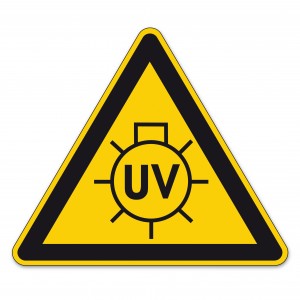
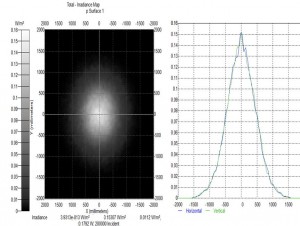
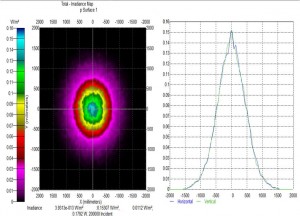

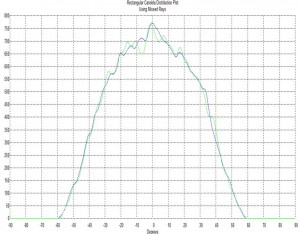
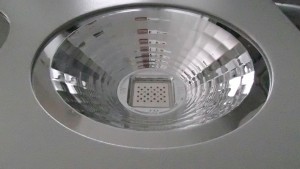


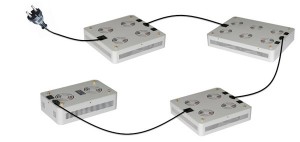
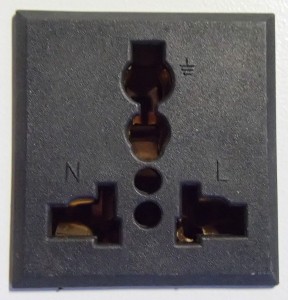
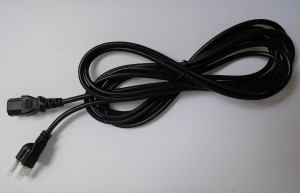 considering your gardening area needs. In accordance with UL 153, clause 76.2.1 requirements, the power cord length must be at least 4.6 m or 5 feet.
considering your gardening area needs. In accordance with UL 153, clause 76.2.1 requirements, the power cord length must be at least 4.6 m or 5 feet.
When it is time to send the unit to us, please use the original foam and box for delivery.
HYG-01 Series (96W COB)
Item No. Product photo Power Dimension(mm) Color ratio N. Weight
HYG01-1X96W-R /W 

96w 200×200×85mm 630nm - 13pcs
660nm - 4pcs
460nm - 3pcs
610nm - 3pcs
440nm - 1pcs
740nm - 1pcs2.90KGS
HYG01-2X96W-R /W 

192w 309×173×83mm 4.00KGS
HYG01-4X96W-R /W 

384w 309×309×83mm 6.00KGS
HYG01-6X96W-R /W 

576w 445×309×83mm 8.50KGS
HYG01-9X96W-R /W 

864w 445×445×83mm 10.50KGS
HYG01-16X96W-R /W 

1536w 590×590×90mm 21.00KGS
HYG-02 Series (75W COB)
Item No. Product photo Power Dimension(mm) Color ratio N. Weight
HYG02-2X96W-W 
150w 293×197×75mm 630nm - 13pcs
660nm - 4pcs
460nm - 3pcs
610nm - 3pcs
440nm - 1pcs
740nm - 1pc4.00KGS
HYG02-4X96W-W 
300w 310×310×75mm 5.50KGS
HYG02-6X96W-W 
475W 445×280×75mm 8.50KGS
HYG02-9X96W-W 
675W 460×460×90mm 10.50KGS

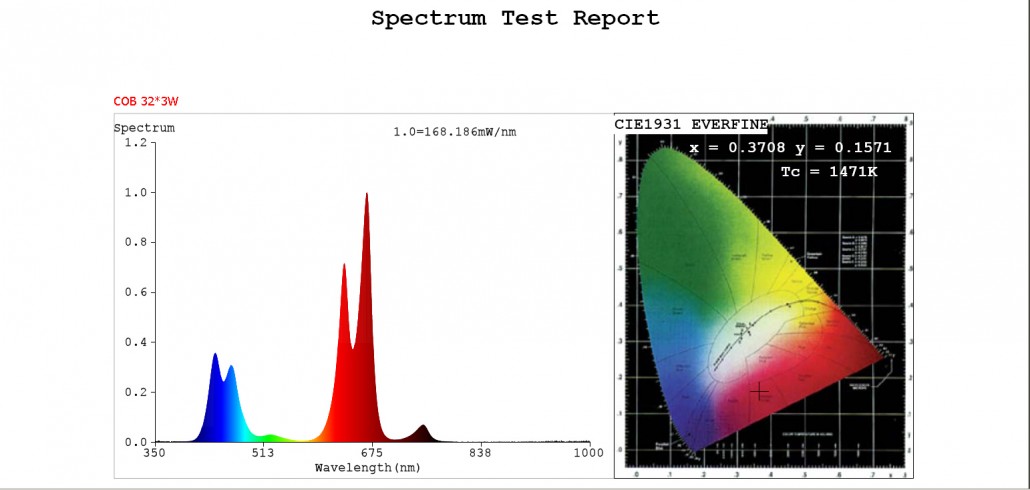
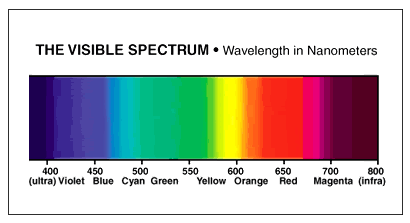
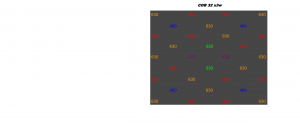

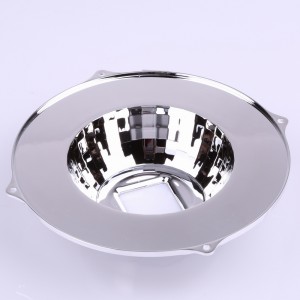
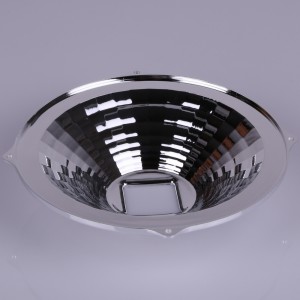
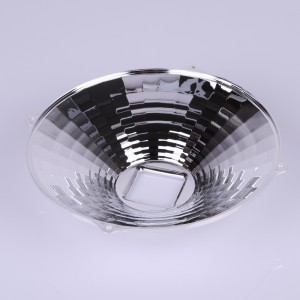
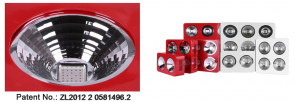


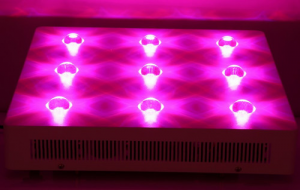
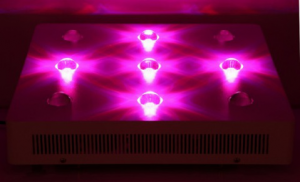
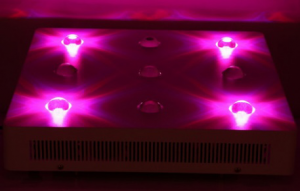
Leave a Reply
Want to join the discussion?Feel free to contribute!